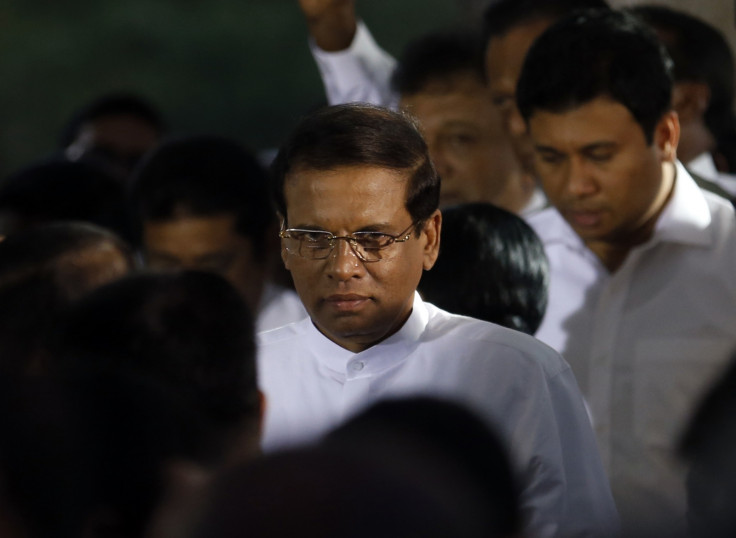Sri Lanka's fiscal targets pressured by weak trend of revenues, Moody's says

Sri Lanka's new budget continues the fiscal consolidation, but there are risks that revenue targets are not met while higher expenditure may revive inflation in the island nation, Moody's Investors Service said.
The Moody's report, on 11 February, highlighted the lack of future debt trajectory in the budget statement despite the country having a huge debt burden, much higher than its same-rated peers.
The new Sri Lankan government revised the previous government's budget for 2015 on 29 January with lower fiscal deficit target and higher public expenditure.
The new President Maithripala Sirisena's fiscal deficit target is 4.5% compared to former President Mahinda Rajapaksa's 4.6%. Expenditures will increase 10.4% year-on-year in 2015 led by higher spending on healthcare, education, public sector salaries and pensions.
Moody's said the new target could be at risk given the current trend of revenues. "Although revenues have been declining as a percentage of GDP since 2006 -- with the exception of a slight increase in 2011 -- the budget assumes they will rise 14.1% year-on-year, and will be 14.3% of GDP in 2015, from 14.4% of GDP estimated in 2014."
A reduction in fuel prices, and lower taxes on essential food items will further add to the fiscal deficit, Moody's said.
The rating agency also highlighted the downside risks to future investment stemming from higher taxes. "Budget proposals also impose additional levies on the Sri Lankan casino industry. These increases in taxes could deter future investment," it said.
Revenue targets are contingent on a 25% 'Super Gain Tax' on corporations or individuals earning above LKR2000mn ($14.8mn), which is expected to generate LKR50bn ($370mn), or two-thirds of total collections, Moody's noted.
Given that public sector employees make up 15% of the work force, the 47% increase in nominal wages will boost consumption, thus supporting growth, but the evolution of the country's debt trajectory remains uncertain, Moody's said.
"In 2014, Sri Lanka's debt burden stood at 74.4% of GDP, marking a reduction from 78.3% the previous year, but still significantly above the median of 44.8% estimated for B-rated sovereigns. It is a key constraint on Sri Lanka's credit rating."
"The budget statement outlines contingent liabilities stemming from government-guaranteed debt, which would add 14.5% to the debt/GDP ratio. However, it is silent on the future debt trajectory, which was originally projected to moderate to 63% by 2017."
© Copyright IBTimes 2025. All rights reserved.






















